When I think of the Civil Rights Movement in the United States in the 1950’s and 1960’s the first person that I think of is Dr. Martin Luther King Jr.
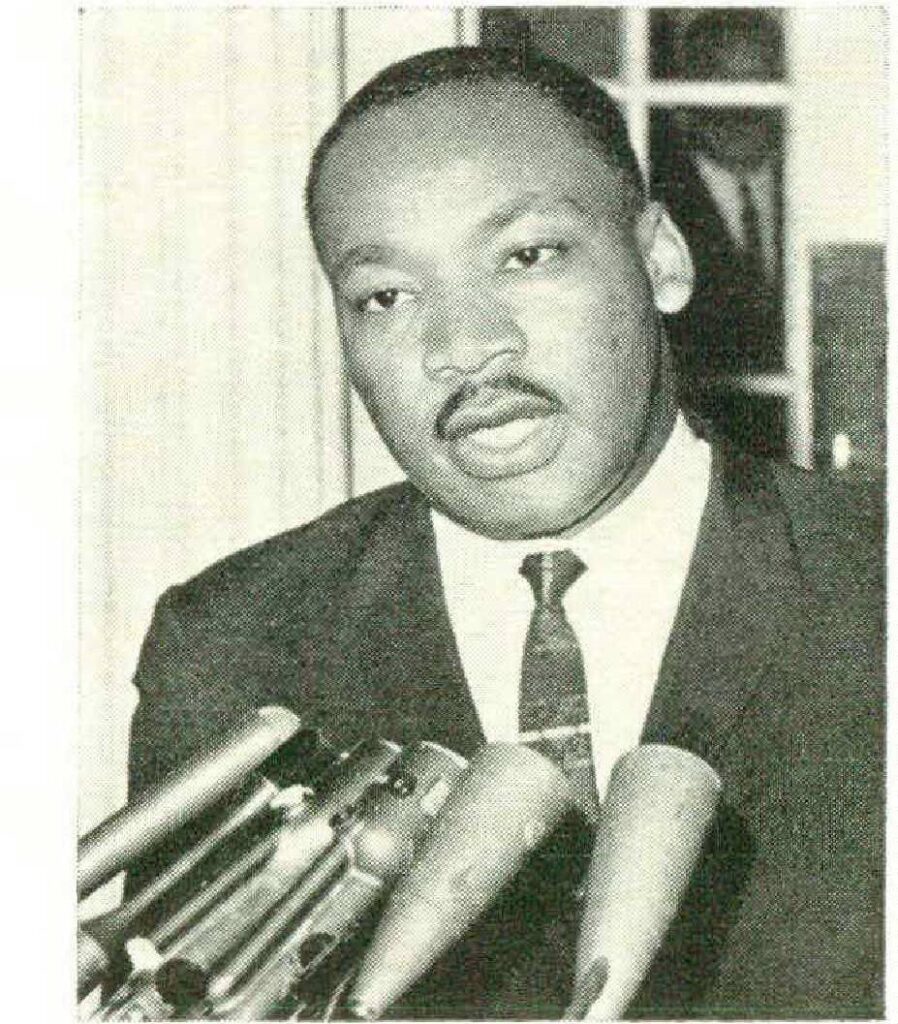
Dr. King clearly has been the most recognized, respected and revered leader of the movement over the years.

However, I learned something on my recent pilgrimage to Alabama that was news to me. As respected as Dr. King was and is, and as critically important as his leadership role in the movement was, the man who deserves the most credit for making the movement happen in Birmingham is Reverend Shuttlesworth.
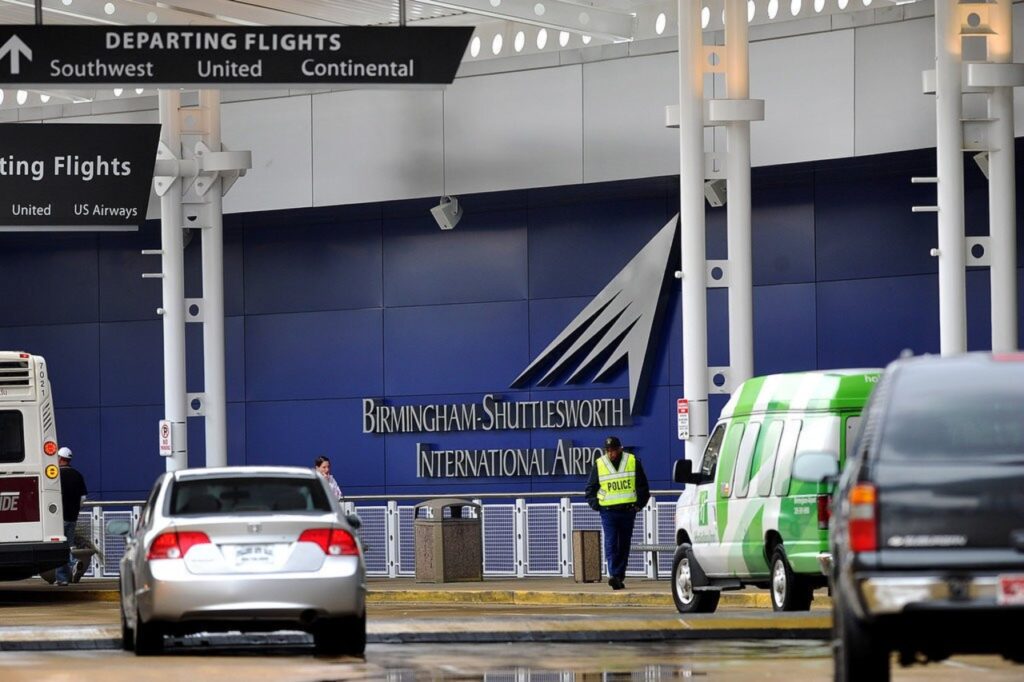
Frankly, I have to admit I had not heard of him prior to my recent trip. But that changed very quickly, as my plane landed on the tarmac at the Birmingham-Shuttlesworth International Airport. The airport was named after him in 2008.
To set the stage, what was Birmingham Alabama like in the late 1950’s and early 1960’s.
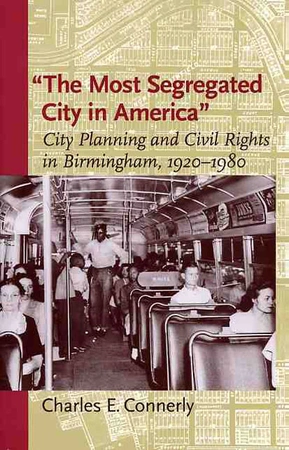
Birmingham was “the most thoroughly segregated city in the United States”, according to Dr. King. With a population of almost 350,000, 60% were white and 40% were black.

Yet the city had no black police officers, firefighters, salesclerks in department stores, bus drivers, bank tellers, or store cashiers. Racial segregation of public and commercial facilities throughout Jefferson County was legally required, covered all aspects of life, and was rigidly enforced.

For example, when the courts overturned the segregation of the city’s parks, the city responded by closing them so blacks could not use them! Only 10 percent of the city’s black population was registered to vote in 1960.
After Alabama banned the National Association for the Advancement of Colored People (NAACP) in1956, Reverend Shuttlesworth formed the Alabama Christian Movement for Human Rights (ACMHR) the same year to challenge the city’s segregation policies through lawsuits and protests. Shuttlesworth was the pastor of Bethel Baptist Church in Birmingham from 1953-1961.

Rev. Shuttlesworth’s special contributions included:
- Fearlessness and Local Leadership:
- Shuttlesworth was known for his uncompromising stance against segregation. His leadership in Birmingham through the Alabama Christian Movement for Human Rights (ACMHR) provided the local groundwork for civil rights activities.
- Despite surviving multiple assassination attempts, including the bombing of his home in 1956, he remained undeterred, symbolizing courage and resilience.
- Organizing Mass Protests:
- He was instrumental in organizing boycotts, sit-ins, and Freedom Rides, directly confronting segregation laws.
- His efforts culminated in the Birmingham Campaign of 1963, which led to widespread national attention and eventually the Civil Rights Act of 1964.
- Strategic Collaboration:
- Shuttlesworth invited Dr. King and the Southern Christian Leadership Conference (SCLC) to Birmingham in 1963, understanding that national figures like King could amplify the movement.

The Birmingham campaign was a model of nonviolent direct action protest and, through the media, drew the world’s attention to racial segregation in the South. Some of the key moments that were broadcast nationally and worldwide included:

- Thousands of arrests of students totally filling the city jail, including the arrest of Dr King.

- From jail Dr. King wrote his famous “Letter from Birmingham Jail” which has been described as “one of the most important historical documents penned by a modern political prisoner“, and is considered a classic document of civil disobedience.
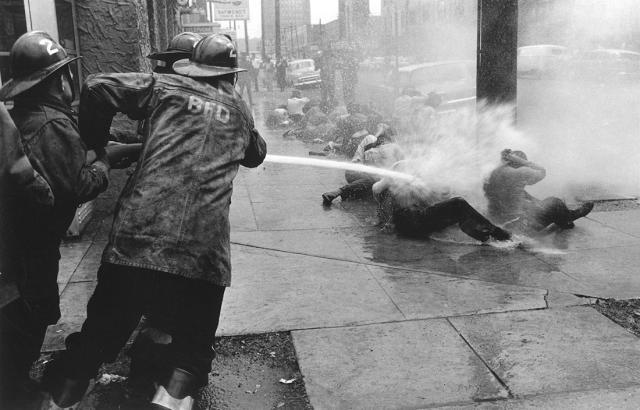
- Birmingham Police Department, at the direction of the city Commissioner of Public Safety, Eugene “Bull” Connor, used high-pressure water hoses.
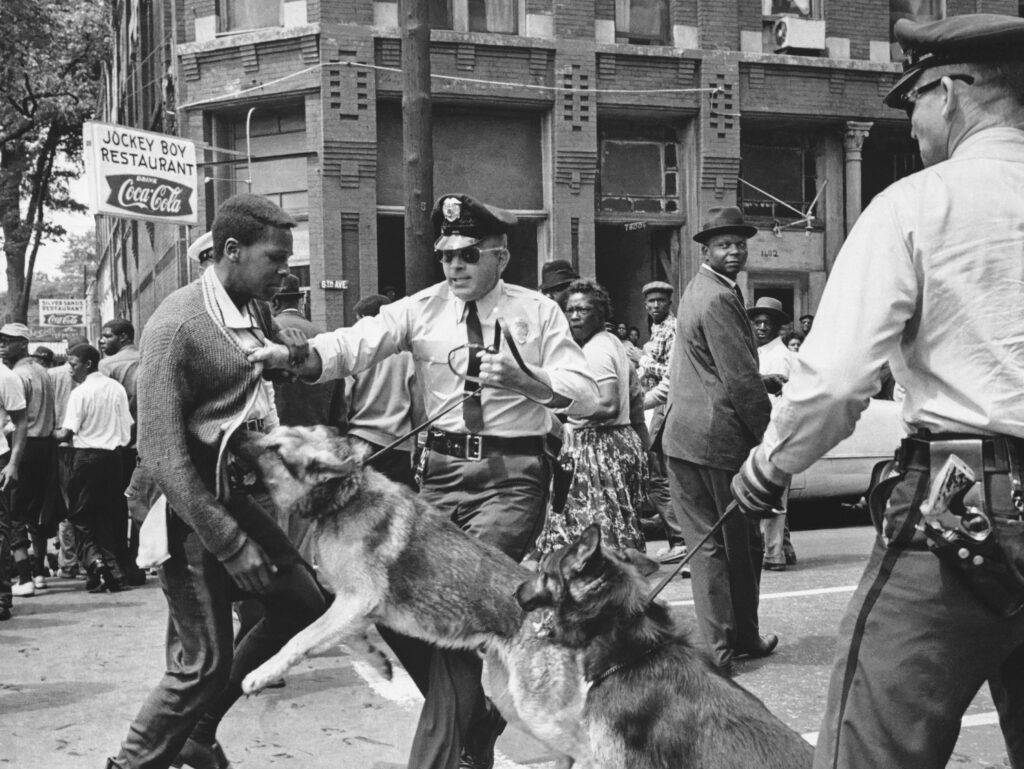
- Police using attack dogs on marching children.

- The bombing by the KKK of the 16th Street Baptist Church resulting in the death of four teenage black girls.
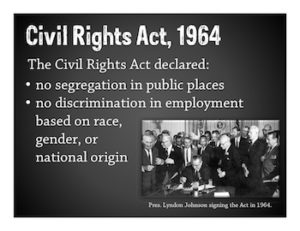
The campaign was a turning point in the Civil Rights Movement. It burnished Dr. King’s reputation, ousted Bull Connor from his job, forced desegregation in Birmingham, and directly paved the way for the Civil Rights Act of 1964 which prohibited racial discrimination in hiring practices and public services throughout the United States.

Reverend Shuttlesworth and Dr. King were different. The major differences being:
- Temperament:
- Shuttlesworth was known for his blunt and fiery demeanor, often speaking his mind without concern for diplomacy.
- King’s approach was more measured and conciliatory, seeking to build broad coalitions.
- Philosophy of Action:
- While both embraced nonviolence, Shuttlesworth leaned toward more immediate, aggressive actions, pushing boundaries to provoke responses.
- King favored long-term strategic planning and negotiations, focusing on sustaining momentum over time.
- Focus and Scope:
- Shuttlesworth was deeply rooted in the local struggles of Birmingham and the broader state of Alabama.
- King, who never lived in Birmingham, operated on a national and even global scale, framing civil rights as a universal human rights issue.
Another interesting difference between the two – lifespan and duration of activism.
- Dr. Martin Luther King Jr.:
- King tragically died at the age of 39 in 1968, which limited his ability to see the long-term impact of the movement.
- His leadership in the civil rights movement lasted only 14 years, beginning with the Montgomery Bus Boycott in 1955 and ending with his assassination.
- Rev. Fred Shuttlesworth:
- Shuttlesworth lived to the age of 89, passing away in 2011. His activism spanned decades. This longevity allowed him to remain active in civil rights advocacy well beyond the movement’s peak.



Of course, another distinction between the two was in public recognition. Dr. King’s legacy includes Time Magazine’s Man of the Year in 1963, the Nobel Peace Prize in 1964, and a national holiday in his honor.

His speeches, particularly “I Have a Dream,” delivered at the 1963 March on Washington, remain iconic.
These contrasts underscore the complementary roles the two men played, with Shuttlesworth providing the relentless grassroots activism and King offering the inspirational leadership that captured national and global attention.
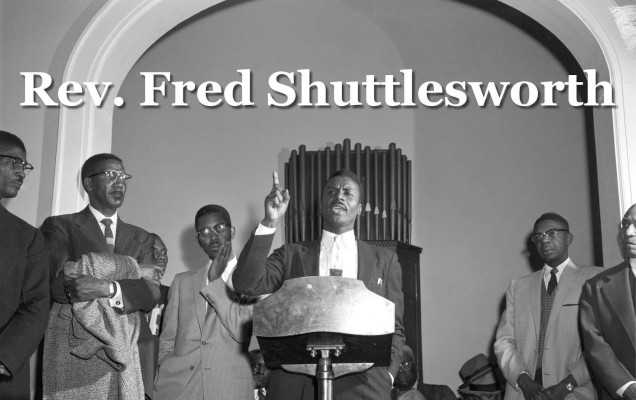
Bottom line. Rev. Fred Shuttlesworth was a pivotal figure, one of the most impactful leaders in the civil rights movement.
Rev. Shuttlesworth’s contributions deserve recognition as being just as critical as Dr. King’s. Together, their differences and collaboration exemplify the diverse strategies that propelled the civil rights movement forward.

This was fascinating information – I also did not know much of this, I am ashamed to say. Thank you for the education!
Very illuminating Neil. Thanks so much. I would love to do a trip through the south to learn as you have. Ironic that I grew up in the rural south during the birth of the civil rights movement and still gave so much to learn.
Never heard of Rev. Shuttlesworth until now. I have a better understanding of how the events at Birmingham are tied together. Thanks Neil.
Neil A masterful summary of a life well lived Several years ago my wife and I participated in a 10 day inter generational bus tour of the South led by former UW Chairman of Communications Dr David Domke; other University professors and college sophomores representing minority (sometimes oppressed) demographic groups (AfroAmericans, Muslims, LGBT). For us it was transformative
I believe the pilgrimage trips are still offered through UW
Neil your passion for new learning inspires all of us